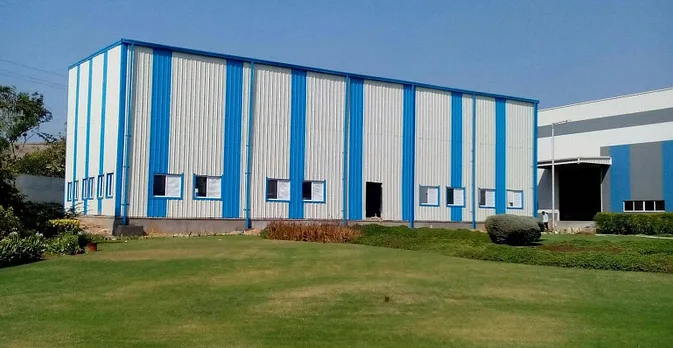Sheet Metal Die
Sheet Metal Die Works
Sheet metal die works, also known as die stamping or simply die work, is a specialized metalworking process used in the mass production of sheet metal components with high precision and efficiency. It involves the use of specially designed tools called dies to cut, form, or shape metal sheets into desired configurations. Sheet metal dies are crucial in various industries, including automotive, aerospace, electronics, and appliances, where large quantities of consistent and accurate parts are required.
Types of Sheet Metal Dies:
Blanking Die
Blanking dies are used to cut flat pieces (blanks) out of sheet metal. The process involves a punch and a die, with the punch pushing through the metal sheet to cut out the desired shape, leaving behind the scrap material.
Piercing Die
Piercing dies create holes or openings in sheet metal. Similar to blanking dies, they use a punch and a die, but in this case, the punch removes a specific shape or pattern from the metal.
Forming Die
Forming dies bend or reshape sheet metal into specific configurations. They are used to create complex shapes, such as curves, channels, and grooves.
Drawing Die
Drawing dies are used to form sheet metal into three-dimensional shapes, such as cups, cans, or cylindrical containers. The process involves pulling the metal through the die cavity to achieve the desired shape.
Progressive Die
Progressive dies are advanced tools used for high-volume production of complex parts. They incorporate multiple operations in a single die, allowing for continuous feeding of the sheet metal through various stages to achieve the final product.
Sheet Metal Die Works Process:
Design and Engineering
The first step in sheet metal die works is the design and engineering of the die. Engineers use computer-aided design (CAD) software to create precise models of the die and the desired part. This digital model guides the manufacturing process.
Die Fabrication
Once the design is complete, the die is fabricated using high-strength materials like steel. The die is typically made up of two parts: the punch, which is the upper component that contacts the metal, and the die block, which is the lower component that provides support during the forming process.
Die Assembly
After fabrication, the punch and die block are assembled into the die set, which includes other components such as springs, guide pins, and strippers. The die set is then mounted onto a press or stamping machine.
Stamping Process
The metal sheet is fed into the stamping machine, which exerts pressure to force the sheet against the punch and die block. The metal is cut, bent, or formed according to the die's configuration, and the finished part is ejected from the die.
Quality Control
Throughout the sheet metal die works process, quality control checks are conducted to ensure that the finished parts meet the required specifications and tolerances.
Advantages of Sheet Metal Die Works:
High Precision
Sheet metal die works enable the production of parts with high accuracy and repeatability, ensuring uniformity in the final products.
Cost-Effectiveness
Once the die is made, the per-unit cost of producing components decreases significantly, making it cost-effective for high-volume production.
Fast Production Rates
Sheet metal die works allow for rapid production rates, making it ideal for mass manufacturing.
Complex Shapes
The use of advanced progressive dies enables the creation of complex parts with multiple features in a single operation.
Reduced Waste
By optimizing the design and material usage, sheet metal die works can minimize waste and enhance material efficiency.
Get In Touch
Thank you for your interest in our company. If you have any questions or concerns about our products, please do not hesitate to contact us. We look forward to hearing from you soon!


